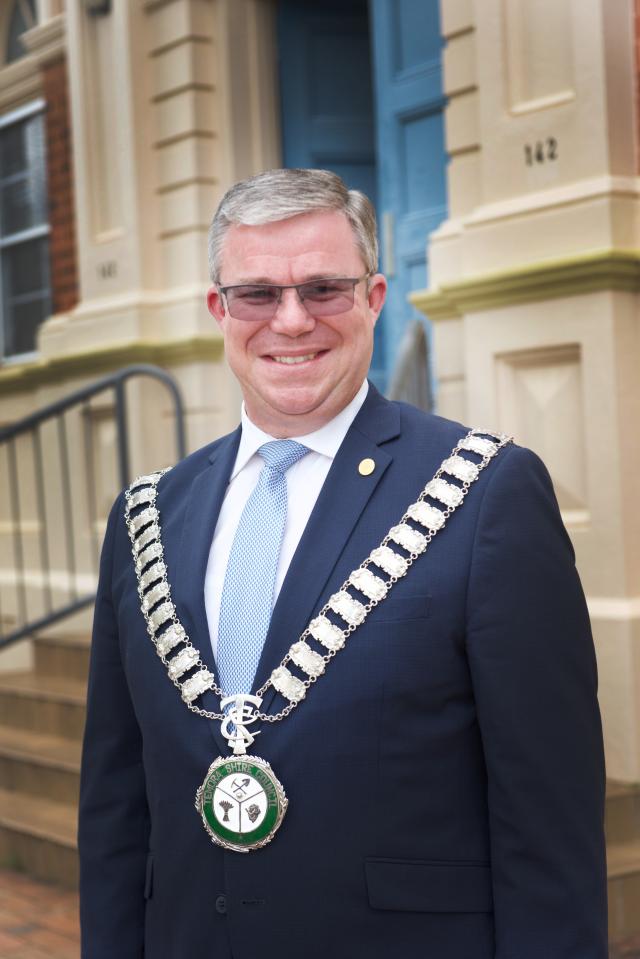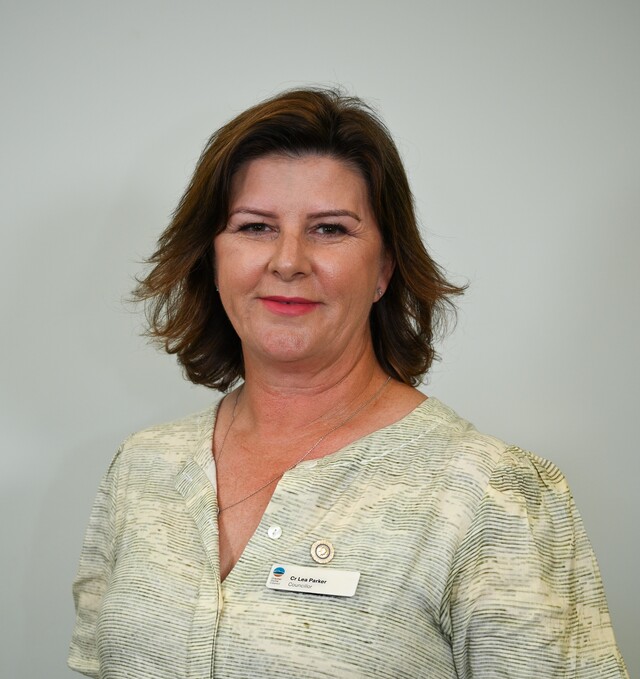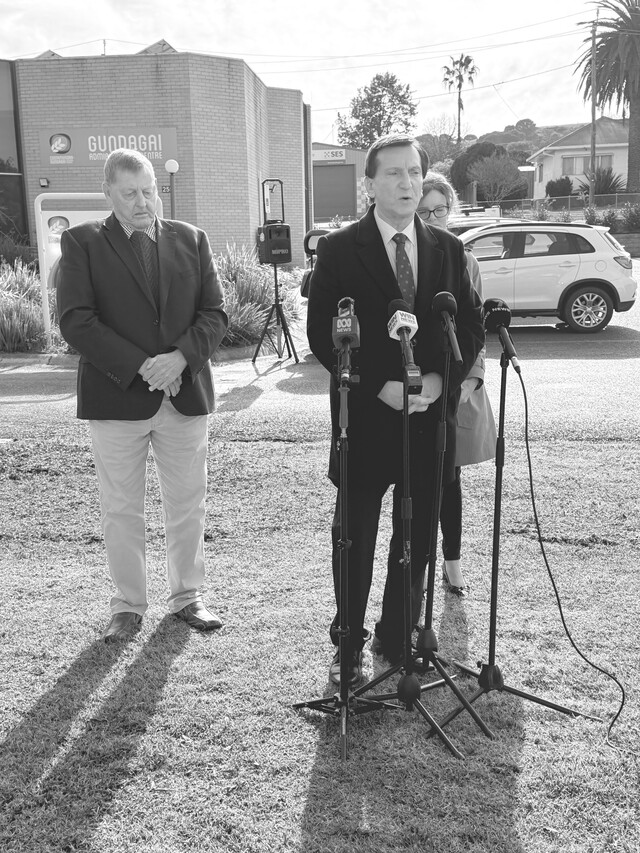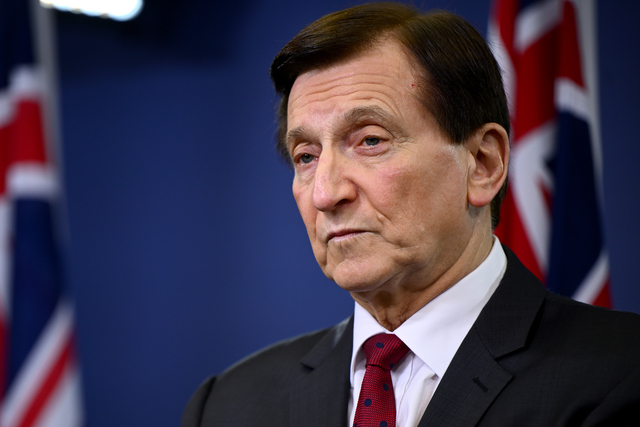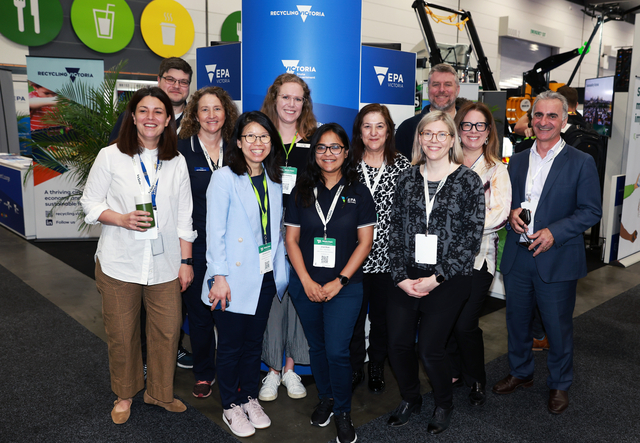The fight for local roads continues
Delegates from Councils in all States and Territories attended the Australian Local Government Association’s fifth National Local Roads Congress staged in the Barossa Valley, South Australia on 11–13 July. ALGA President, Councillor Mike Montgomery, said that it is vital to show strength in numbers. With more than 530 delegates this was the largest Roads Congress to date.
“This is a working congress, established not as a gabfest, but a forum to fight for local roads,” he said.
Local Government owns and maintains 680,000 km of roads, or around 85 per cent of the national road network, an asset valued at $75 billion. This local road network is under increasing pressure with freight and passenger transport forecast to increase dramatically over the next decade.
With an estimated $640m a year needed to address the current backlog of local road maintenance and repair work, the congress discussed a wide range of challenges and opportunities facing Local Government as it responds to these issues.
These included:
- the operation of the renewed Roads to Recovery program, particularly the $400m strategic component of the program
- the implications for Local Government of the recently announced AusLink program
- regional road programs
- State and Local Government cooperation
- national heavy vehicle reforms
- transport security
- community transport/mobility of older persons
- Local Government road safety programs.
It also provided an opportunity to showcase Local Government best practice.
There was wide support from congress delegates for the Australian Government’s recent announcement that it will renew the vital Roads to Recovery (R2R) program for a further four years. The renewed program (R2R2), to commence in July 2005, will provide an additional investment of $1.2 billion. They also welcomed Labor’s commitment to renew the Roads to Recovery program at the same funding levels.
Then Federal Minister for Local Government, Territories and Roads, Senator Ian Campbell, assured delegates that each Sate and Territory would receive a fair share of the $400 million strategic component of the R2R2 program.
He said this ‘quarantined pot of money’ has been diverted for regional projects of strategic significance. Asserting that there is a greater need outside metropolitan areas, Senator Campbell said that some metropolitan councils had not been able to spend their allocated Roads to Recovery funds.
“We have unashamedly skewed the strategic component so that the great bulk, if not all of it, will go outside the metropolitan areas,” he said.
Shadow Minister for Transport and Infrastructure, Martin Ferguson, said that over the past four years he has sought out discussions with ALGA and local councils.
“If I am minister after the next election I believe this should continue as these decisions cannot come out of Canberra,” he said. “Infrastructure planning is not just about hard infrastructure, such as roads and bridges, but also soft infrastructure. There are a whole range of issues impacting on communities. A national transport plan is not just about freight but also the movement of people, congestion and traffic flow.”
He said that an integrated transport plan should achieve multiple outcomes:
- efficient freight movement and efficient passenger systems
- integrated transport networks and systems
- best use of existing infrastructure
- environmental, health and safety benefits
- planning for future land use and transport.
The Shadow Minister said a Latham Labor Government is committed to full funding responsibility for the national highway, putting in place a National Infrastructure Advisory Council involving all spheres of government, continuing Roads to Recovery and the Black Spots programs and making our roads safer for all road users.
ALGA will convene the sixth National Local Roads and Transport Congress at Launceston in Tasmania on 3–5 July 2005.



